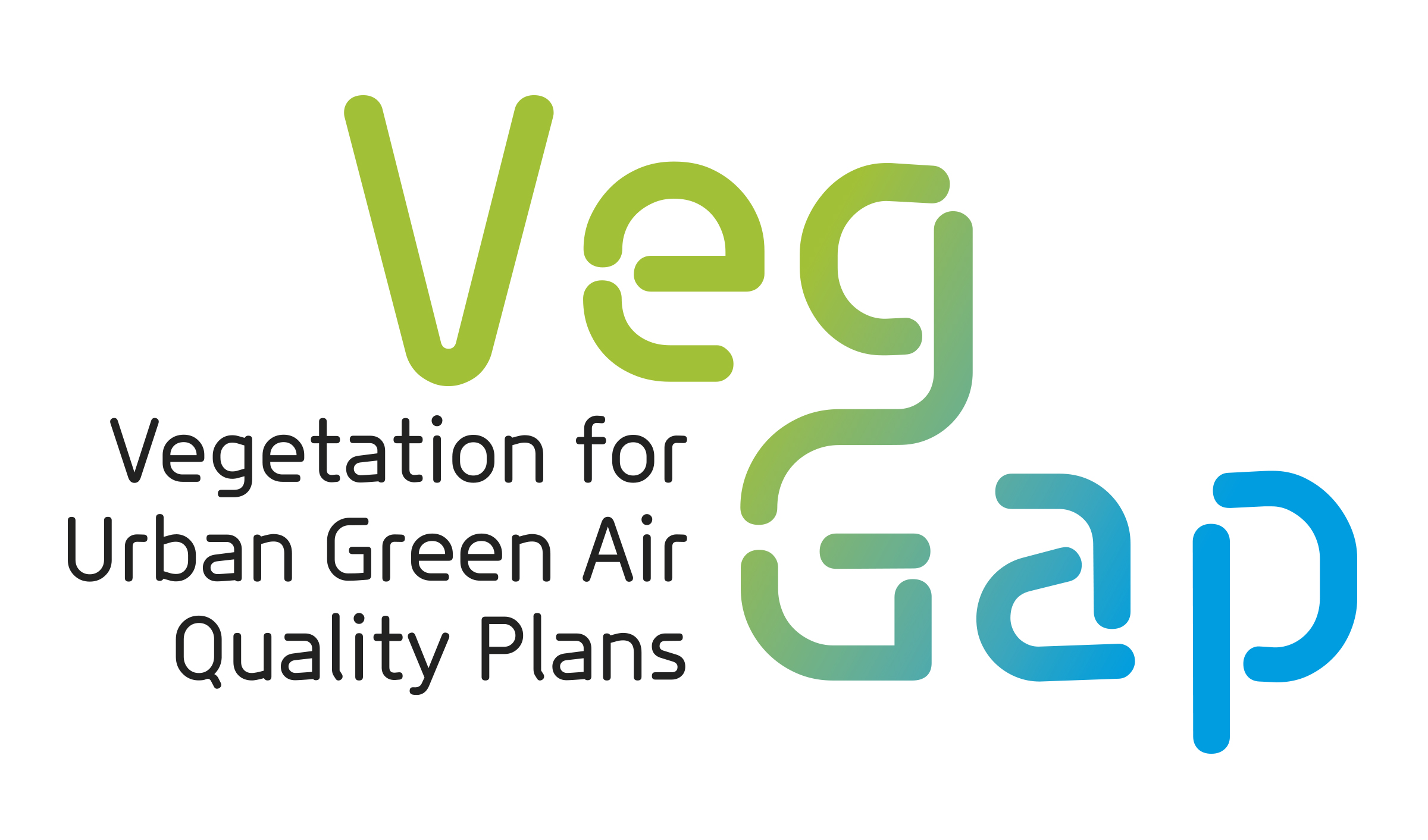By 2050, the United Nations
foresees an increase in the population in cities up to 74% in Europe, which is
why the next decade has been named by the UN as the Decade of Action - ten
years to change our world before an irreparable worsening of the already critical
issues linked to the impacts that urban centers have on the environment (from
the unsustainable consumption of resources to the increase in the production of
waste or emission of pollutants). This change is necessary to avoid a
catastrophic worsening of the current situation, but it will not be possible
unless cities adopt new policies and priorities.
In the Metropolitan City of
Bologna a concrete example of these new policies and priorities are the
strategic guidelines for transforming cities inspired by the European Urban
Agenda partnership. The validity of the Bologna-supported partnership for
sustainable land use and NBS, which started in June 2017, with the aim of
identifying relevant actions to reduce urban sprawl and land consumption on the
one hand, and on the other, integrate the introduction of nature, and natural
features and processes, into cities, has now received explicit recognition at
international level thanks to the publication of the European Commission's DG
for Regional and Urban Policies "The Green
City Dimension. Making use of circular procurement and specific targets and
indicators".
The paper recognizes that it
is a priority for Bologna to build the conditions to make its area increasingly
healthy and resilient, where risks to people and the environment are reduced,
where biodiversity is protected and the ecosystem function of green infrastructure
is improved, and, more generally, the quality of the territory and the
well-being of citizens.
To this end, a set of common
indicators has been proposed to take into account urban greening, renaturation
processes and soil sealing/de-sealing, and to provide a common framework for
assessing the environmental impact of spatial planning.
In this framework, the
activities of the VEG-GAP project in its pilot city of Bologna will align with
the mitigation and adaptation strategy for climate change of the whole
metropolitan area, providing with its vegetation scenarios useful background
data on the effects of these processes.
In particular, within its
new Metropolitan
Agenda for Sustainable Development 2.0, a document which aims at full integration
with all the planning and programming tools of the Metropolitan City of
Bologna, the possible contribution of the VEG-GAP project has already been
explicitly acknowledged in the definition of a cognitive framework on the green
systems endowment.
The ambition is that this
combination of actions for a sustainable use of soil and the promotion of tools
and methodologies for an innovative study of urban green areas can also
actively contribute to the compliance in the metropolitan area with the limits
for PM 10 and fine particulate matter (PM 2.5) of 10 μg/mc by 2025, as
indicated in its Agenda 2.0 in Target 11.6 "Air Quality".


